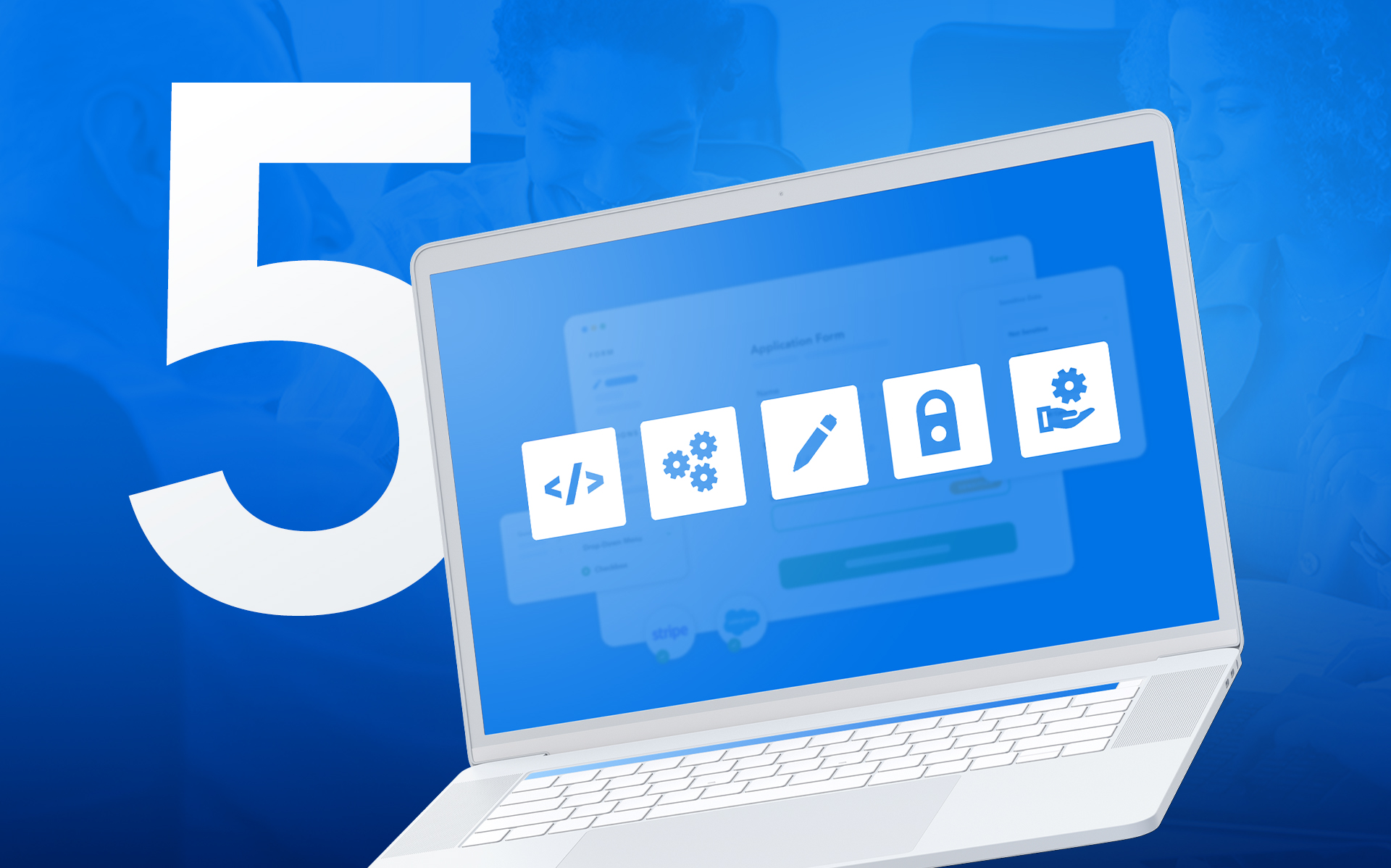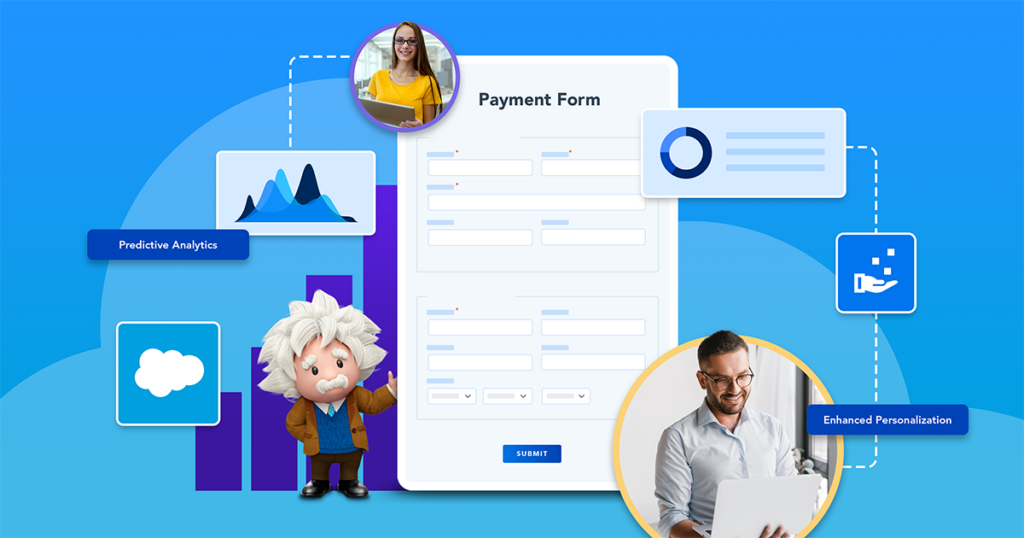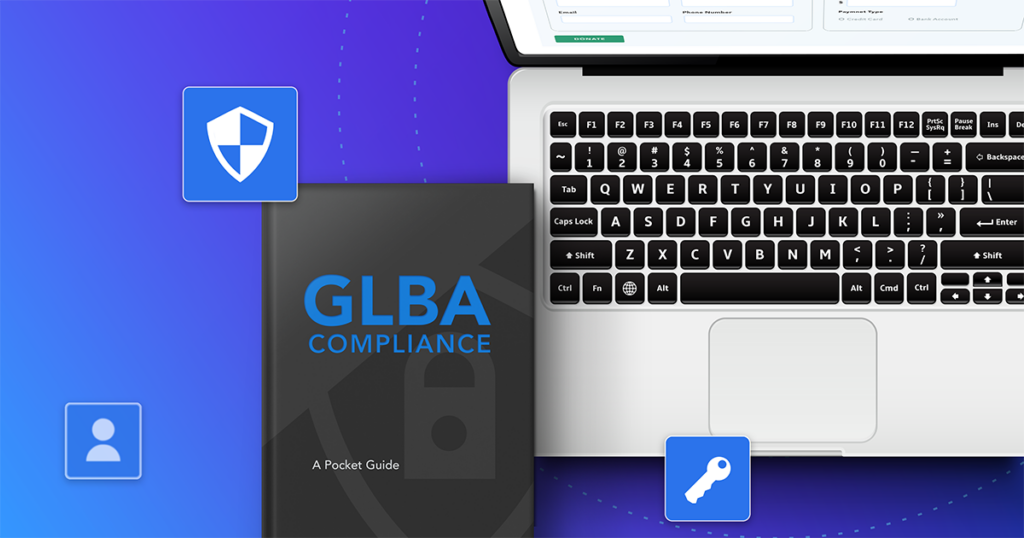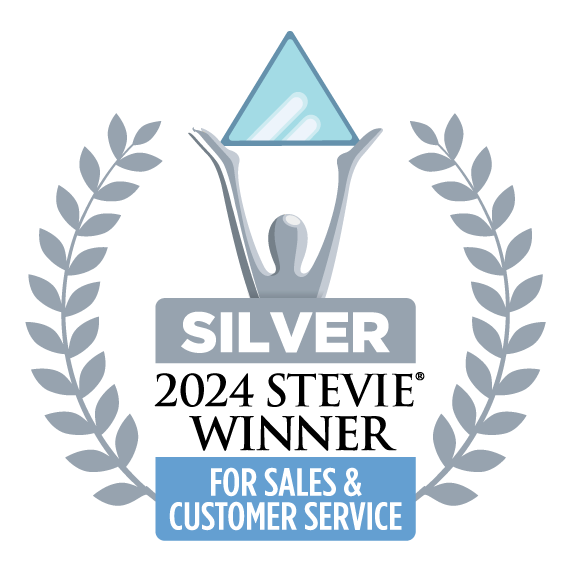Data plays a crucial role in the success of any organization. But what if your data collection methods are paper-based or rely on legacy systems? Your organization can miss out on key insights, accurate analysis, and even compromise data security. In today’s modern world, using secure digital software and systems is no longer an option—it’s a must-have.
If your organization is ready to move from paper, spreadsheets, and emails to a modern web form platform, you want to make a smart investment in software with the right features. Let’s take a look at how you can update to modern processes while avoiding common pitfalls when switching from paper to digital data collection.
Common challenges of moving to digital platforms
Modern, integrated web form and data collection platforms are ideal for streamlining processes and reducing manual work. However, moving to digital has several challenges that should not be overlooked in your research of data collection tools. Common challenges organizations face as they transition to digital data collection platforms include:
- Implementation costs. Switching to a digital platform often involves an upfront investment. Choosing the right software should include research into the expected ROI (cost, time, resources) that your organization can expect when using the software as intended.
- Difficulty learning new software. Workflows can slow if organizations upgrade to a platform that isn’t intuitive or user-friendly. If new software requires admin or IT support to maintain, this can keep teams from working efficiently, even with digital tools.
- Lack of system integrations. A new digital platform that doesn’t have integration capabilities with an organization’s other business systems will ultimately hurt productivity for teams. Staff may continue to use manual processes between a data collection platform, payment systems, and more.
- Security and compliance risks. Paper forms and files are risky, but adopting a data collection platform that does not prioritize data security and privacy is even more dangerous. A lack of security in the digital space puts organizations at greater risk for ransomware attacks and other security threats with financial and reputation costs.
How to choose a data collection platform
Choosing the right data collection platform for your organization can sound like an overwhelming experience. However, it can be a straightforward process if you know exactly what to look for. Here are the top five features that make a data collection platform the right choice:
User-friendly interface
It shouldn’t take a whole team of developers or IT professionals to maintain an external data collection platform. This creates productivity bottlenecks between these teams and the staff members who are using the platform every day.
To ease the burden on IT and make life easier for everyday users, look for a platform that is low-code or no-code. This doesn’t mean the platform has no code customization capabilities, but that the interface is intuitive enough for non-technical users to understand and manage on a day-to-day basis.
A drag-and-drop interface makes it easy for teams to quickly create and launch branded web forms without needing to involve another department. Whether for building surveys, applications, or contact forms, the ability for non-technical users to utilize and maintain most aspects of a data collection platform has clear advantages.
- No coding necessary (unless you want something special)
- Easy adoption by non-technical teams
- Fast construction and implementation of forms
- Minimal reliance on IT, developers, or administrators
Flexibility for integrations
Let’s say you go through all the steps of finding a web form platform. The interface is manageable for staff. It checks off the security boxes. But it doesn’t have integration capabilities with your existing payment system. Suddenly, a process meant to take minutes will now take months—and cost your organization significant time and resources.
The ability of a data collection platform to easily connect to systems you already use is crucial for improving workflows. Before choosing a platform, check if its integration capabilities align with your current tech stack. This may include integrations for CRMs like Salesforce, payment connectors like PayPal, or even Google Sheets.
While not all form platforms will have the integrations you need, choosing one that connects to your most-used systems will make a significant difference in day-to-day functionality. The less you need to involve your developer or IT team just to make a platform functional for your needs, the better. And your team will have the capacity to stay efficient and productive in critical tasks instead of wasting hours on manual processes.
Form and theme customization
Form templates are always a great place to start, but sometimes you need to make a few extra tweaks to fit your organization’s branding. If a web form tool doesn’t provide this level of customization (even with a developer’s help), you run into several challenges.
Forms embedded on your organization’s website that don’t have the same look and feel can be jarring for visitors. Unbranded forms can feel unprofessional to consumers—not the first impression you want them to have. Visitors may even feel suspicious as to whether the form is safe to complete. These are common design elements of forms that should be branded:
- Company logo
- Imagery
- Colors
- Fonts
With good design, even complex, multi-step web forms that have the same branding as the organization can convert 53% more visitors into leads. Clearly, having custom-branded online forms is key. And sometimes this must be achieved through theme customization.
>>Video Tutorial: How to Customize Your Web Form Using FormAssembly Themes<<
When searching for a web form platform, learn how easy it is for non-technical users to customize themes themselves, instead of going through a developer. This would include uploading custom logos and images, changing colors, and adding unique fonts. Even when a form needs additional tweaks, you can ensure that processes still remain efficient for your team and your brand remains consistent across forms.
Helpful technical support
How often have you run into an error or technical issue requiring support, only to find that help documentation is limited and no one answers your contact request? Even with a no-code, user-friendly data collection platform, you still want the assurance that help is easy to reach when you need it most.
A great way to discover the level of support a platform provides is by reading customer reviews. In general, reviews are a helpful way to gauge the level of support provided when a problem arises. Customers are 3-4 times more likely to leave a review about a bad experience. If bad reviews about support are common, you have your answer.
While other features are important, don’t disregard support (or the lack thereof) when researching data collection platforms. This doesn’t just have to include customer service, either. It should also include help documentation that provides detailed instructions for all features of the platform as well as regular education through blogs, webinars, and other resources.
The more support a platform provides, the more you can be sure the company is listening to customers, helping them achieve success, and making it easy to become a platform expert.
High security and compliance standards
If your organization works with paper forms and documents, you may consider good security practices to be keeping the filing room door locked. Of course, data security and compliance mean much more than simple lock-and-key practices, especially when moving data collection digital.
Going digital—and staying secure—isn’t as simple as moving from paper to platform, however. Consumer demands for greater privacy, growing threats, and evolving data privacy regulations can all make it challenging to find a platform that provides the right level of data security and compliance.
>>Read Now: Is Your Organization at Risk for a Data Breach?<<
Start by researching the platform’s stance on data privacy as well as its security practices, compliance with regulations, and commitment to data stewardship. You should only be choosing a digital platform that follows the most advanced security, compliance, and privacy standards for the platform itself, your organization, and your customers.
However, simply implementing a secure, compliant data collection platform isn’t the end. Part of a good data security framework is properly training employees, only limiting data access to authorized users, and encrypting and backing up data. Combining these best practices with a secure platform can help reduce the risk of a data breach at your organization.
Consider FormAssembly for secure, no-code data collection
If all these features sound like must-haves for your organization, you’re in luck. FormAssembly was built for enterprise organizations that need to securely collect and leverage data, streamline workflows, and improve efficiency. FormAssembly simplifies processes with a no-code web form and workflow builder, all while integrating seamlessly with business-essential systems like Salesforce, PayPal, Google Sheets, and more.
FormAssembly also maintains the highest level of security, privacy, and compliance with GDPR, HIPAA, FERPA, and others, as well as being FedRAMP Ready and holding PCI DSS Level 1 certification. Trusted by over 5,000 organizations across industries, FormAssembly can help you move from paper to digital and get your data flowing seamlessly throughout your organization.
Request a personalized demo to discover how FormAssembly has the features you need in one secure, user-friendly data collection platform.



